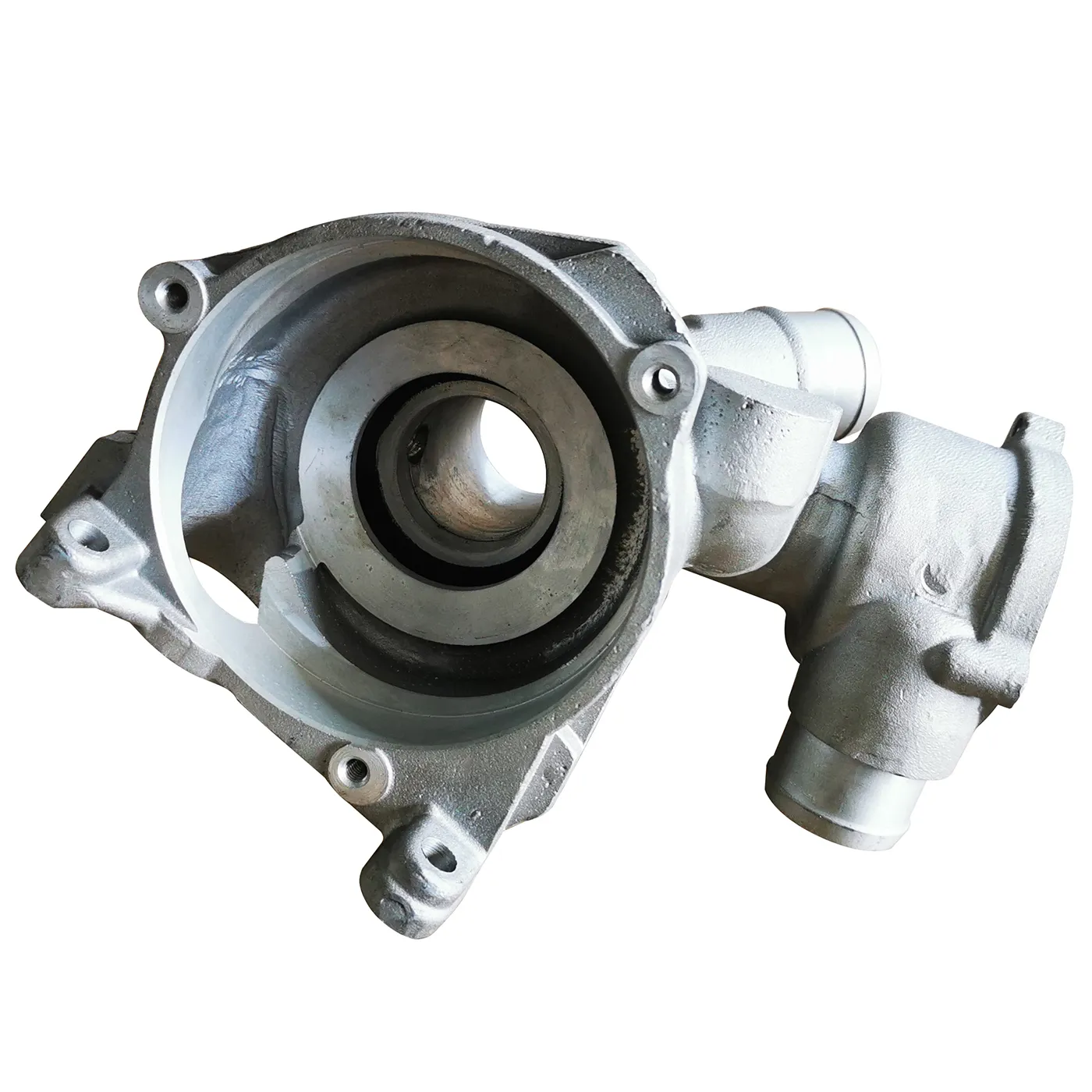Mobile:+86-311-808-126-83
Email:info@ydcastings.com
Precision Techniques in Small Metal Casting for Enhanced Quality and Efficiency
Small Metal Casting An Overview
Small metal casting is a vital process that plays a crucial role in modern manufacturing. This technique involves pouring molten metal into a mold to create intricate shapes and components. From automotive parts to decorative items, small metal casting is used in various industries, demonstrating its versatility and importance.
The Casting Process
The small metal casting process begins with the creation of a mold. Molds can be made from various materials, including sand, metal, or ceramic, depending on the desired finish and properties of the final product. Sand casting is one of the most common methods used in small-scale production due to its cost-effectiveness and adaptability.
Once the mold is prepared, the metal is melted in a furnace. Common metals used in small casting include aluminum, brass, bronze, and iron. The choice of metal often depends on the required properties of the finished product, such as strength, weight, and corrosion resistance. Once the metal reaches the proper temperature, it is poured into the mold, filling the cavity and taking the shape of the desired component.
After the metal solidifies, the mold is removed, revealing the cast piece. This piece may require additional finishing processes, such as sanding, machining, or painting, to achieve the desired surface quality and dimensions. These finishing touches are important as they enhance the aesthetic appeal and functionality of the product.
Applications of Small Metal Casting
Small metal casting finds applications in a variety of fields. In the automotive industry, it is used to produce components such as brackets, gears, and housing for engines. These parts require precision and strength, and the casting process provides the necessary quality at a relatively low cost.
small metal casting

In the aerospace sector, small metal castings contribute to the manufacturing of lightweight yet durable components, essential for improving fuel efficiency and performance
. The intricate designs achievable through casting allow manufacturers to create complex geometries that would be challenging or impossible to achieve with other methods.Beyond industrial applications, artistic small metal casting is popular among artisans and jewelry makers who create unique, handcrafted pieces. This segment showcases the creative potential of casting, where artists can work with metals to form sculptures, decorative items, and custom jewelry, emphasizing craftsmanship and individuality.
Advantages of Small Metal Casting
One of the significant advantages of small metal casting is its ability to produce complex shapes with high precision. The adaptability of the process allows for rapid prototyping, enabling designers to test and refine their ideas quickly. Additionally, casting is generally more cost-effective for small production runs compared to other manufacturing methods like machining, which often requires extensive tooling and setup.
Furthermore, small metal casting contributes to sustainability in manufacturing. Recycling metal scrap and using it for casting reduces waste and energy consumption, aligning with modern eco-friendly practices. This aspect is increasingly important as industries seek to minimize their environmental impact.
Conclusion
In conclusion, small metal casting is an essential manufacturing process that serves a broad spectrum of industries. Its ability to produce high-quality, complex components makes it indispensable in numerous applications. As technology advances and sustainability becomes a priority, the future of small metal casting looks promising, continuing to evolve and adapt to meet the demands of modern manufacturing while fostering creativity and innovation.
-
Why Should You Invest in Superior Pump Castings for Your Equipment?NewsJun.09,2025
-
Unlock Performance Potential with Stainless Impellers and Aluminum End CapsNewsJun.09,2025
-
Revolutionize Your Machinery with Superior Cast Iron and Aluminum ComponentsNewsJun.09,2025
-
Revolutionize Fluid Dynamics with Premium Pump ComponentsNewsJun.09,2025
-
Optimizing Industrial Systems with Essential Valve ComponentsNewsJun.09,2025
-
Elevate Grid Efficiency with High-Precision Power CastingsNewsJun.09,2025











